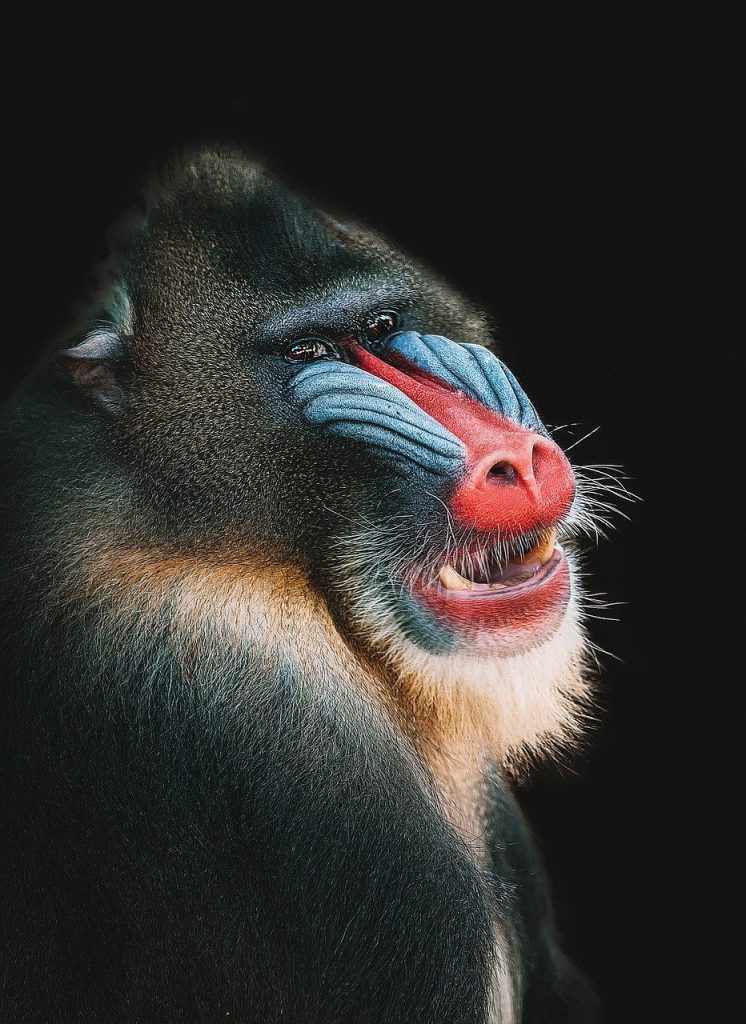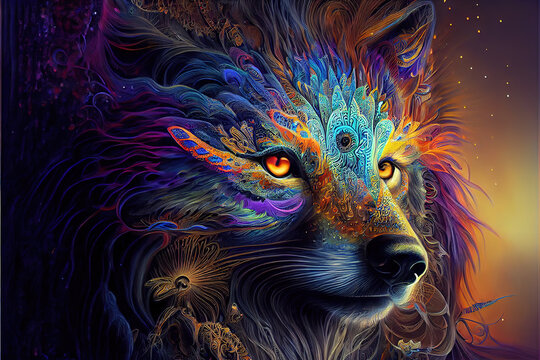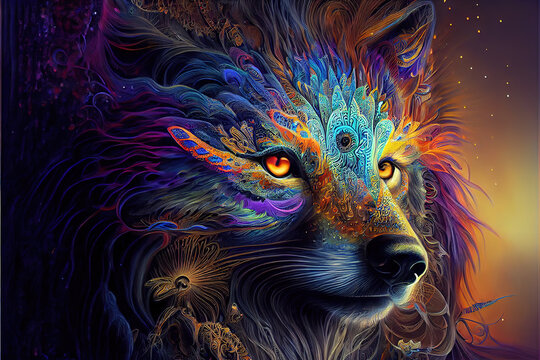
For millennia, our ancestors have enjoyed, and even regarded as sacred, a variety of mind-altering substances. Cultural artifacts, visionary artwork and rituals in many indigenous cultures and past civilizations point to this fact.While Homo sapien consumption for consciousness-expanding purposes is well-documented throughout anthropology and history, ample evidence suggests we are not the only creatures who seek mind-altering plants and substances in their environment.
Indeed, plenty of animal enjoy mind-altering substances: Some eat fermented fruits, psychoactive mushrooms, and opium poppies. Others rub themselves with crushed ants or angry millipedes. The initial attraction to these substances might not be just to get high, but for nutritional or protective purposes. For example, fermenting fruits might be attractive to certain species because the process signifies the fruit is at its highest caloric value, and is also going to rot soon. In other cases, naturally occurring intoxicants might serve some curative function or contain nutrients that are otherwise scarce in the environment. But, there’s compelling evidence to suggest that altering one’s state of mind for the simple purposes of experiencing that altered state is a natural drive common to many inhabitants of the animal kingdom.
Jaguars Eat The Ayahuasca Vine
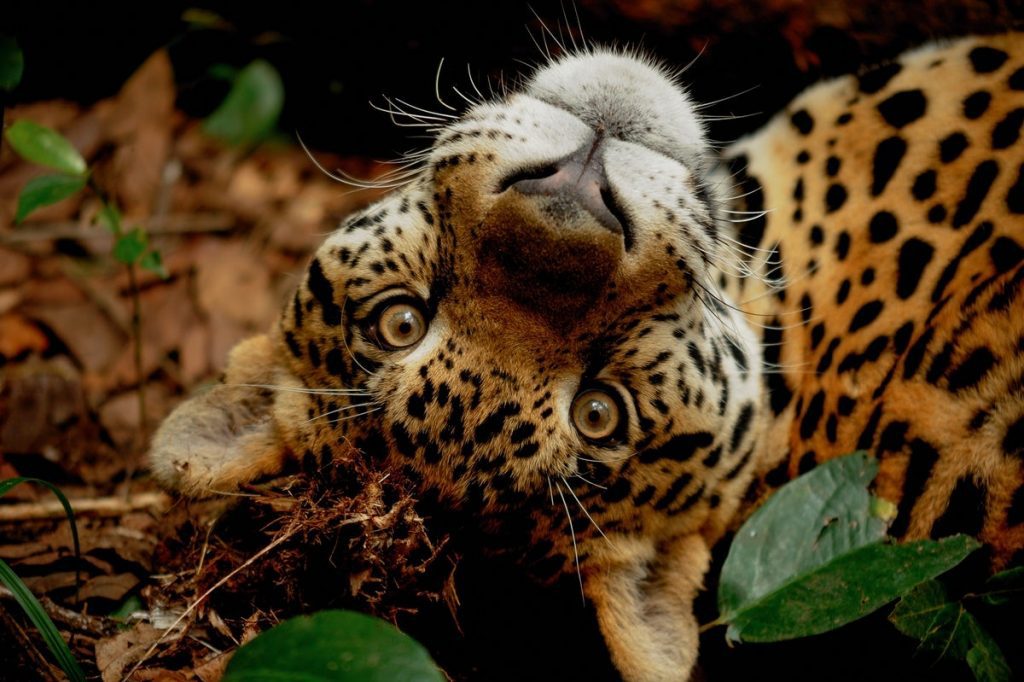
Jaguars in the Amazon rainforest regularly chew on the Yage vine. This is one of the plants used in an ayahuasca brew. Though it’s only half the ayahuasca mixture, it still gives the jaguars a hit of DMT. Scientists think that jaguars eat the vine to heighten their senses for hunting or to purge themselves of toxins. Higher doses of harmala alkaloids often result in vomiting and diarrhea characteristic of ayahuasca, so one possibility is that they consume the vine to purge the intestinal tract of possible parasites; It is suggests that eating the leaves grants the jaguar heightened sensory perception, helping them hunt. However, the jaguars are also known to roll around in ecstasy after consuming the vine, suggesting to some that its use is primarily for pleasure.
Reindeer Eat The Psychoactive Amanita Muscaria Mushrooms.
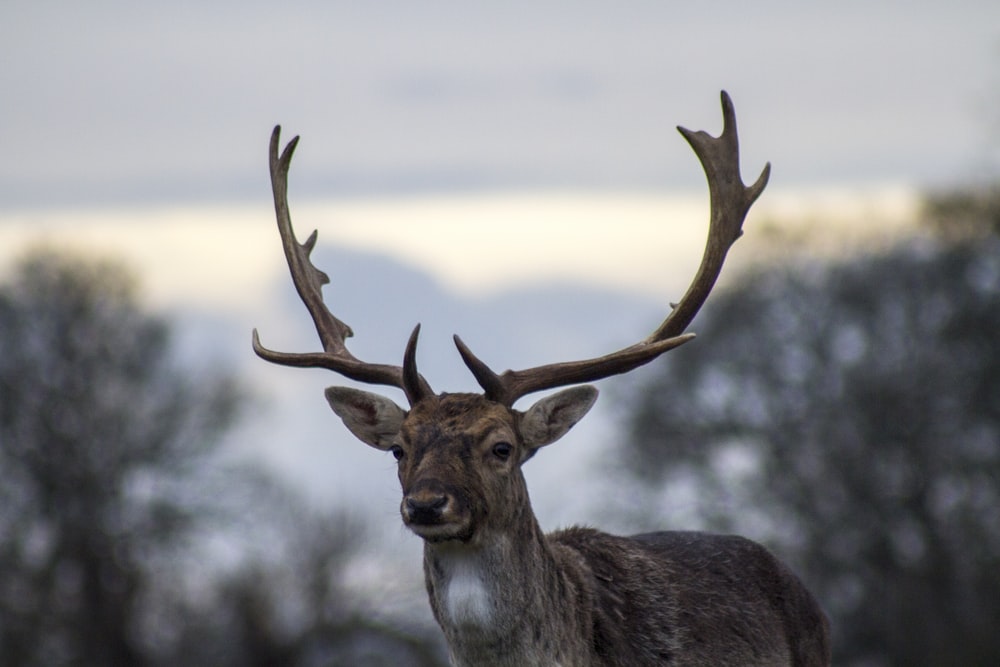
These red-and-white psychedelic mushrooms, native to temperate and boreal regions in the Northern Hemisphere and thought to be the sacrament referred to as Soma in one of Hinduism’s foundational texts, are also a favorite snack of reindeer. are reported to prance about after eating the fungi — which are commonly referred to as “fly agaric” — apparently reveling in their intoxicated state. Reindeer are also an integral part of the history of Amanita use by indigenous peoples of Northern Europe and Siberia. It is theorized that the connection between reindeer, Sami and fly agaric mushrooms is the basis for the legend of Santa’s flying reindeer.
Dolphins enjoy the psychoactive effects of poisonous pufferfish.
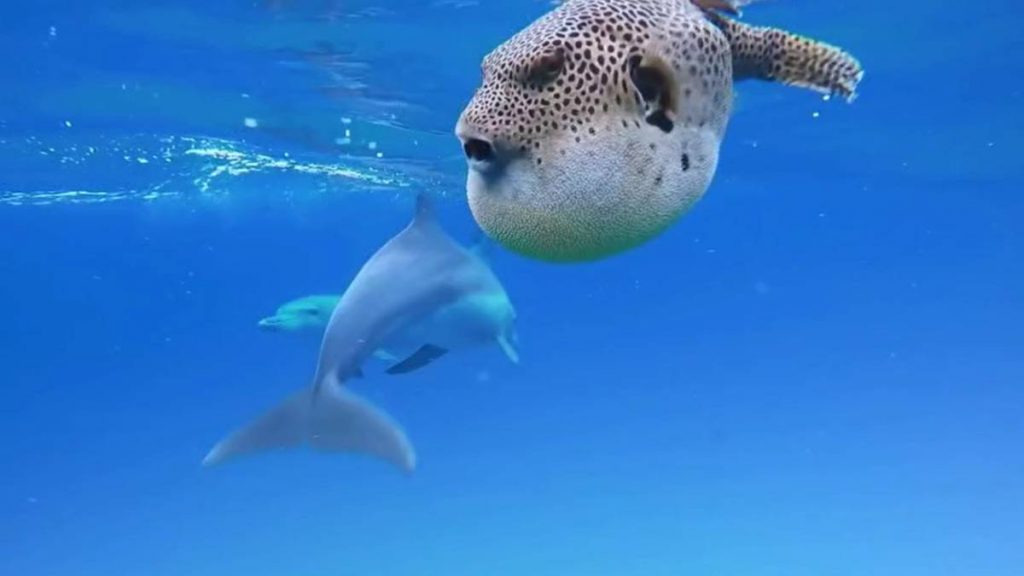
Similar to the lemurs and monkeys, dolphins have been observed hanging out in groups of four to seven, passing around an angry pufferfish. The pufferfish releases an extremely potent poison called tetrodotoxin which is more deadly than nerve gas or the venom of the black widow spider, and thus is one of the most toxic compounds known to man.
Goats and Lichen.
Cheeky goats not only enjoy getting high, but they’ll also aggressively defend their stash when threatened. Mountain goats in the Canadian Rockies seem to be addicted to psychoactive lichen. They’ll scale cliff edges to get it and even wear their teeth down by scraping it off rocks. Lichen looks like moss, grows on rocks, and is a cross between a fungus and an alga. But this special hallucinogenic lichen contains a range of psychoactive substances including psilocybin, one of the active ingredients in magic mushrooms. And compounds of DMT. Which makes it one of nature’s strongest hallucinogenic.
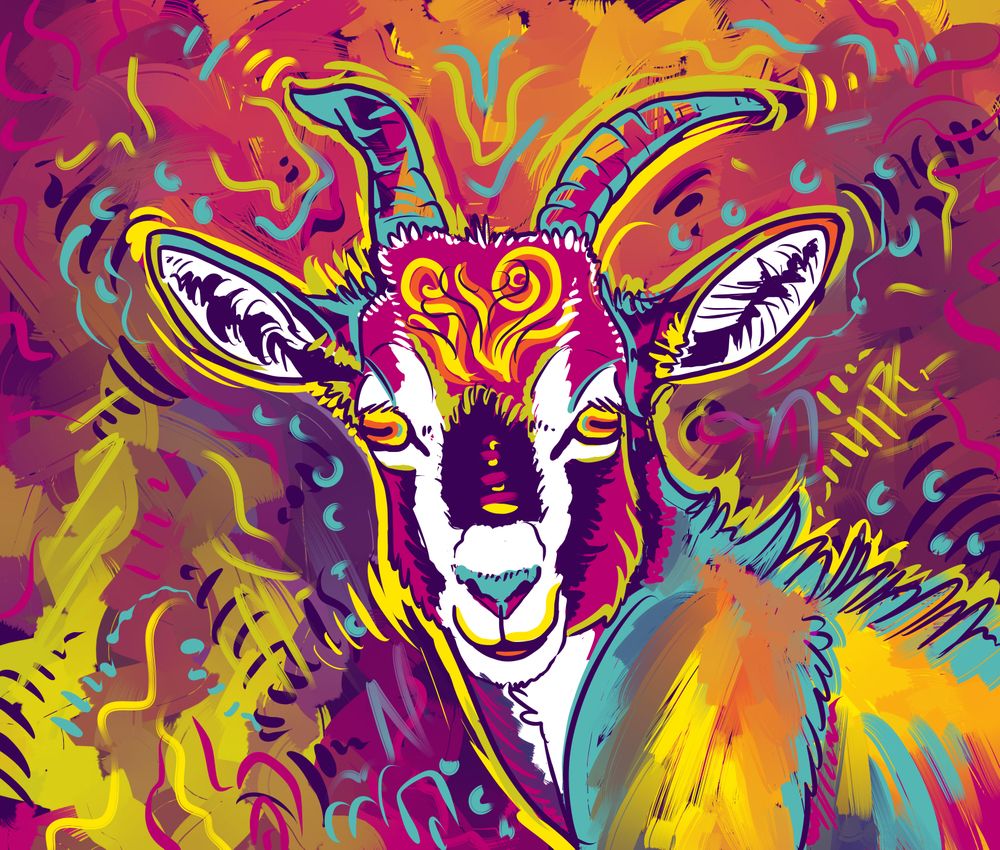
Mandril Monkeys And The Iboga Root
Mandrills are primates native to the tropical rainforests of Cameroon, Gabon, Equatorial Guinea, and the Congo. They’re the world’s largest monkeys, and look strikingly similar to baboons. When they’re not munching on fruit and escaping leopards, mandrills hunt down and ingest an extremely potent psychedelic—the iboga root.Iboga (Tabernanthe iboga) is a perennial rainforest shrub that produces the psychoactive alkaloid ibogaine. The plant is used in the Bwiti spiritual discipline during ceremonies to induce incredible visions.Mandrills also make use of the iboga plant, but under different circumstances. Males dig out the roots and ingest them before competing for dominance. It’s thought to give them a physical advantage before competition and potentially reduce pain.
